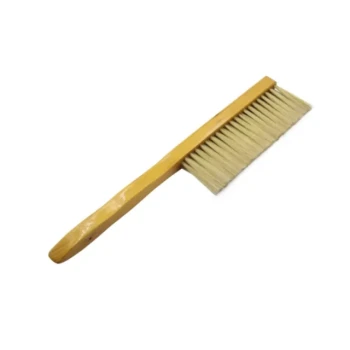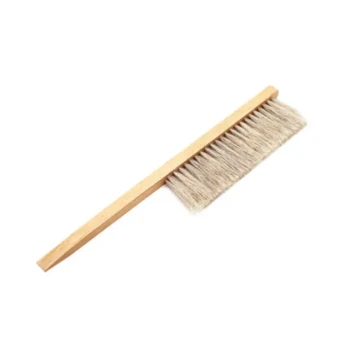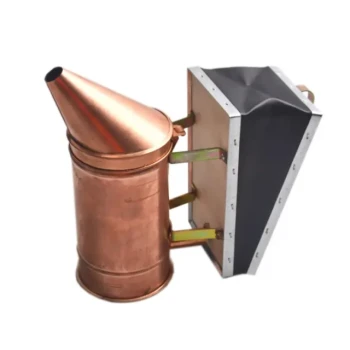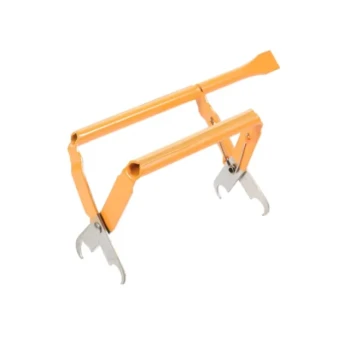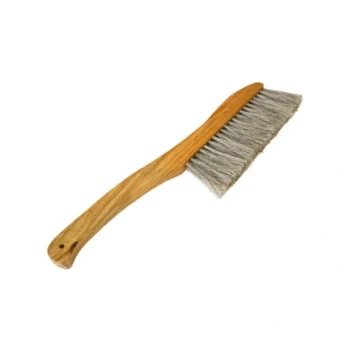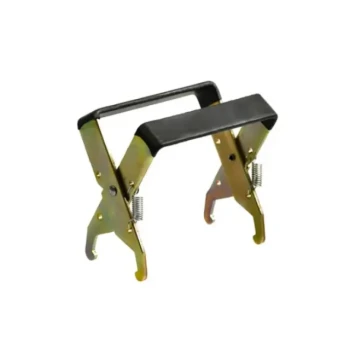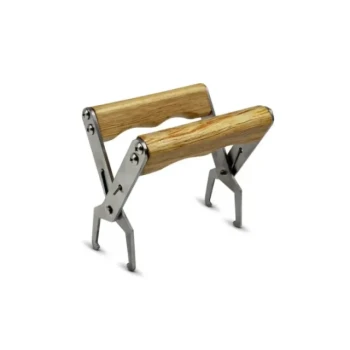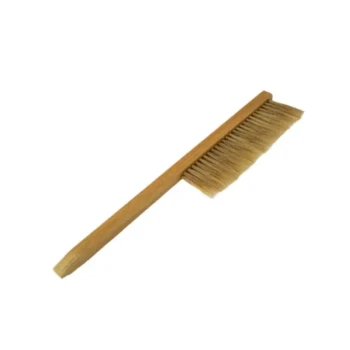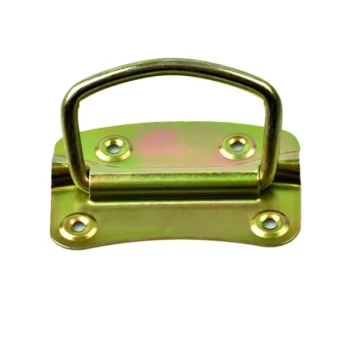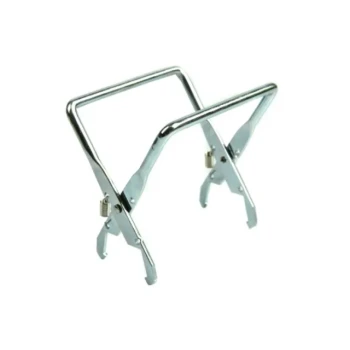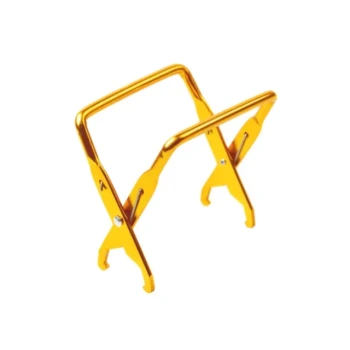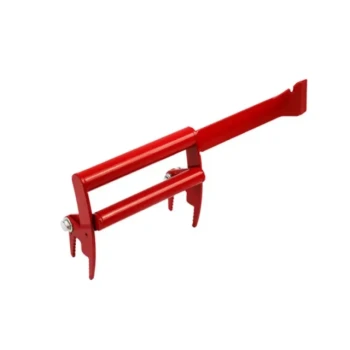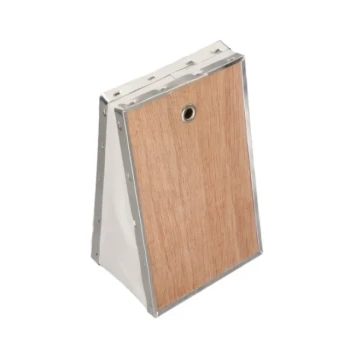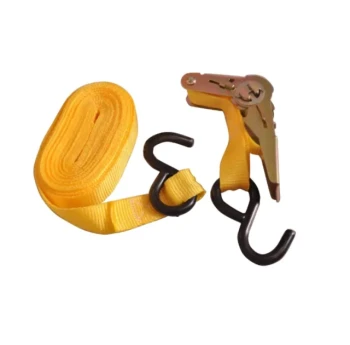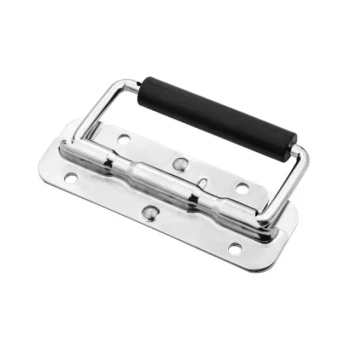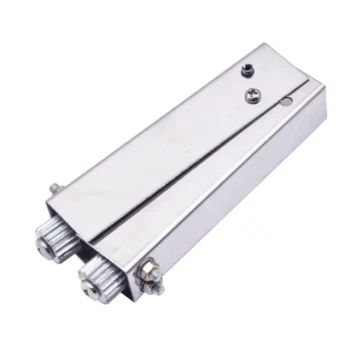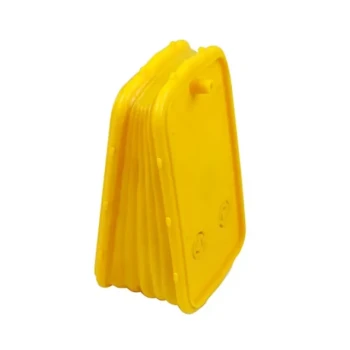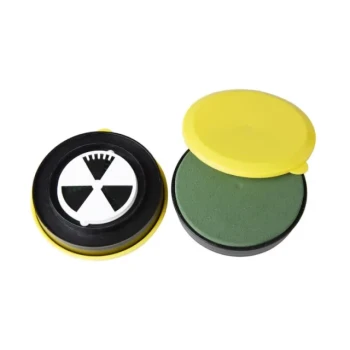The best time to open a bee hive depends entirely on your goal. For a routine inspection, the ideal time is midday on a warm, sunny day when the hive population is lowest. However, for installing a new colony from a nucleus (nuc) or package, the best time is late afternoon or early evening to ensure all the foraging bees move with the colony.
The core principle is simple: match your timing to your task. To minimize disruption and defensive behavior during an inspection, work when the foragers are out. To ensure the whole colony moves to a new home, work when the foragers are back.
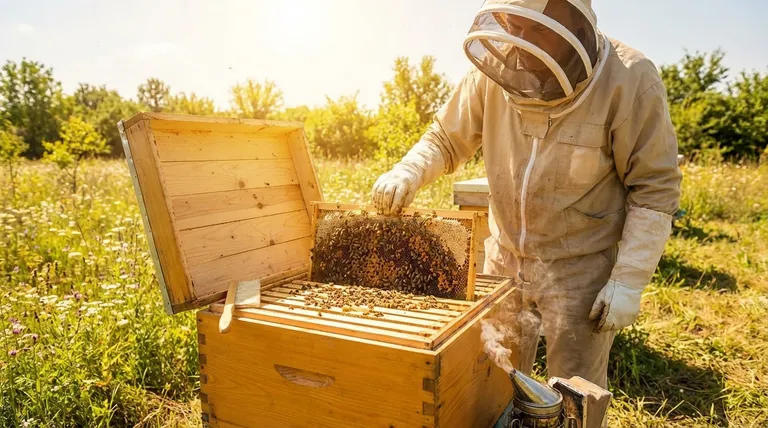
The Golden Rule: Favorable Weather is Non-Negotiable
Before considering the time of day, your first priority must be the weather. Opening a hive is a major disruption, and doing so in poor conditions causes significant stress to the colony.
The Ideal Conditions
The best time for any hive work is on a warm, clear, and calm day. A good rule of thumb is a temperature above 60-65°F (15-18°C) with minimal wind.
Why Weather Matters
Bees are highly sensitive to their environment. Cold temperatures can chill the brood (eggs and larvae), and rain or high winds will make the colony agitated and highly defensive. Always postpone non-essential work if the weather is not suitable.
Scenario 1: Routine Hive Inspections
For regular check-ups, your goal is to be as efficient and non-disruptive as possible. This means working when the hive is calmest and visibility is at its best.
The Ideal Window: Midday
The optimal time for a routine inspection is generally between 11 AM and 3 PM. This is when the sun is high in the sky, providing excellent light to see into the comb.
Why Midday Works Best
During this peak foraging window, a large portion of the colony's workforce—the older, more experienced forager bees—are out collecting nectar and pollen.
A Calmer, Less Populated Hive
With up to a third of the hive's population away, there are fewer bees to manage inside. Furthermore, the bees that remain are typically younger, more docile "house bees" responsible for tending to the queen and brood. This significantly reduces the likelihood of defensive behavior.
Scenario 2: Installing a New Colony (Nuc or Package)
When moving a new colony into its permanent hive, your primary goal is to transfer the entire population successfully. This requires a completely different timing strategy than a routine inspection.
The Ideal Window: Late Afternoon or Early Evening
The recommended time to install a new nuc or package is during the late afternoon or early evening, just before dusk.
Why Evening Prevents "Drift"
Forager bees are programmed to return to their original hive location. If you install a new colony midday, any foragers who are out will return to the empty spot where their nuc box used to be. They will become lost, and the new hive will lose a significant portion of its workforce.
A Smoother Transition
By moving the bees in the evening, you ensure that nearly all the foragers have returned to the box for the night. This allows the entire colony to move together. They have the whole night to settle in, acclimate to their new surroundings, and organize their guard bees before their first orientation flights the next morning.
Understanding the Trade-offs
While the above guidelines represent best practices, beekeeping often involves making judgment calls based on your specific situation.
The "Anytime" Approach
Some beekeepers may suggest that any time on a good weather day is acceptable. While technically possible to transfer a nuc midday, you do so at the cost of losing some of your foraging workforce. For a new, small colony, this loss of bees can slow its initial growth and establishment.
When to Avoid Opening the Hive
Unless it is an emergency (like a fallen hive or a major pest invasion), never open a hive in the rain, in high winds, or when it is cold. It is also wise to avoid opening a hive right at dusk or after dark for an inspection, as the returning foragers will make the colony more defensive and your visibility will be poor.
Making the Right Choice for Your Goal
Ultimately, being a good beekeeper means being intentional. Use your objective to guide your timing.
- If your primary focus is a routine health inspection: Aim for a warm, sunny midday when the colony is calm and visibility is high.
- If your primary focus is installing a new nuc or package: Wait until late afternoon or early evening to ensure the entire foraging force moves with the colony.
- If you are ever in doubt: Prioritize good weather above all else, and choose the time that will cause the least stress and disruption for your bees.
Thoughtful timing is one of the clearest signs of a respectful and effective beekeeper.
Summary Table:
| Goal | Best Time of Day | Key Conditions | Why It Works |
|---|---|---|---|
| Routine Hive Inspection | Midday (11 AM - 3 PM) | Warm, sunny, calm day (>60°F/15°C) | Foragers are out; younger, calmer house bees remain; excellent visibility. |
| Installing a New Colony (Nuc/Package) | Late Afternoon/Early Evening | Warm, calm day, just before dusk | Ensures all foragers are home; entire colony moves together; prevents bee loss. |
Ready to work with a hive of calm, productive bees? As a beekeeper, you know that timing is everything. HONESTBEE is your trusted partner in beekeeping success. We supply commercial apiaries and distributors with the high-quality, durable equipment needed for efficient and stress-free hive management. From smokers and hive tools to full protective suits, our wholesale-focused operations ensure you get the reliable gear that supports your precise timing strategies. Let's help your colonies thrive. Contact HONESTBEE today to discuss your wholesale equipment needs.
Visual Guide

Related Products
- Wooden Bee Brush with Triple Row Artificial Fiber for Beekeeping
- Wooden Bee Brush with Double-Row Horsehair Bristles
- Premium Traditional Copper Bee Smoker with Bellows
- Multi-Function Frame Grip with Integrated Hive Tool
- Premium Triple-Row Horsehair Bee Brush
People Also Ask
- Why do beekeepers use a bee brush? The Essential Tool for Gentle Bee Handling
- What is a bee brush and what is its primary use? A Gentle Tool for Hive Management
- How does using a bee brush benefit beekeepers and the hive? Achieve Gentle, Stress-Free Hive Management
- What are the key features of a popular bee brush? Essential Design for Bee Safety and Hive Hygiene
- What are the characteristics of the bristles on a bee brush? Designed for Gentle Persuasion, Not Force
